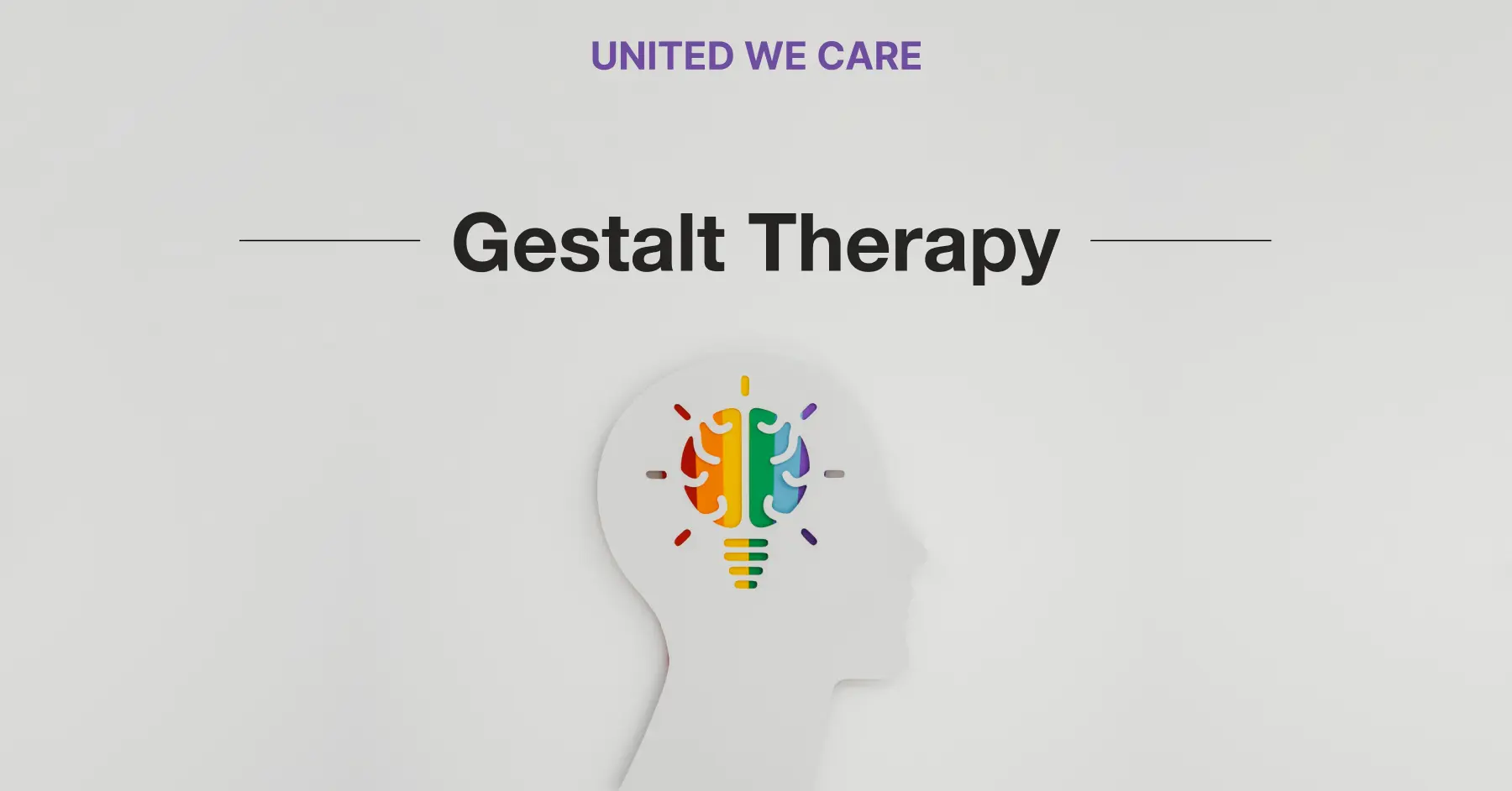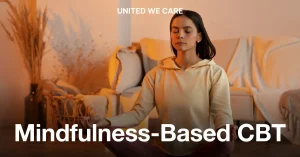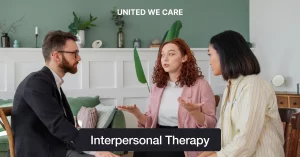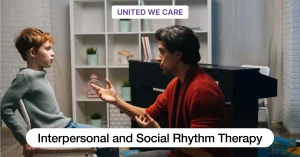Introduction
The way we address mental health has significantly evolved over time and can be understood through the different views we have today. The earlier models were more pathology-centered, with the primary focus on the treatment of symptoms to diagnose and treat mental health disorders. While this view is important in crafting systematic interventions in many cases, it can also result in an oversimplification of the nature of mental health by primarily focusing on symptoms and diagnosis. To address the limitations of this view, we look to a more humanistic, person-centered, and holistic approach to mental health. Gestalt therapy is an effective therapeutic method for addressing mental health issues.
In this blog, we’ll discuss what gestalt therapy is, the techniques used, and what confluence in this therapy is.
What is Gestalt Therapy?
In German, the word Gestalt means “form,” “pattern,” or “configuration.” Gestalt psychology is a school of thought that emphasizes the human mind and behavior in its whole integrated form rather than individual parts.
Developed by Fritz Perls, Laura Perls, and Paul Goodman in the mid-20th century, gestalt therapy is a form of psychotherapy that focuses on an individual’s unique experience in their present environment rather than the past through various creative and experiential methods. [1]
Key concepts in Gestalt therapy
- Here and now: What’s in the past cannot be changed, and what’s in the future cannot be predicted. Hence, the idea is to be aware of the present to be able to deal with the problems that matter right now instead of dwelling on the past or anxiously anticipating the future.
- Context matters: An individual’s behavior cannot be understood in isolation from their environment. This includes their culture and physical environment, as well as social relationships. Hence, all these factors are considered when the therapist is learning about the client’s background and behavior.
- Experience influences perception: The idea is that no one can be fully objective because everyone is influenced by their experiences, including the therapist. Hence, when the therapist holds space for the client without judgment or trying to impose their own ideas, the client is able to explore better and understand their own emotions and behavior. [2]
- Self-awareness: Creating self-awareness is important to understand how one is contributing to their own problems and distress. Self-awareness is created through observing body sensations, thoughts, and emotions in the present moment.
What are the Techniques of Gestalt Therapy?
The techniques used in gestalt therapy are experiential and interactive. The aim is to get action, emotion, or goal from the client. The following are the most common techniques used in gestalt therapy: [3]
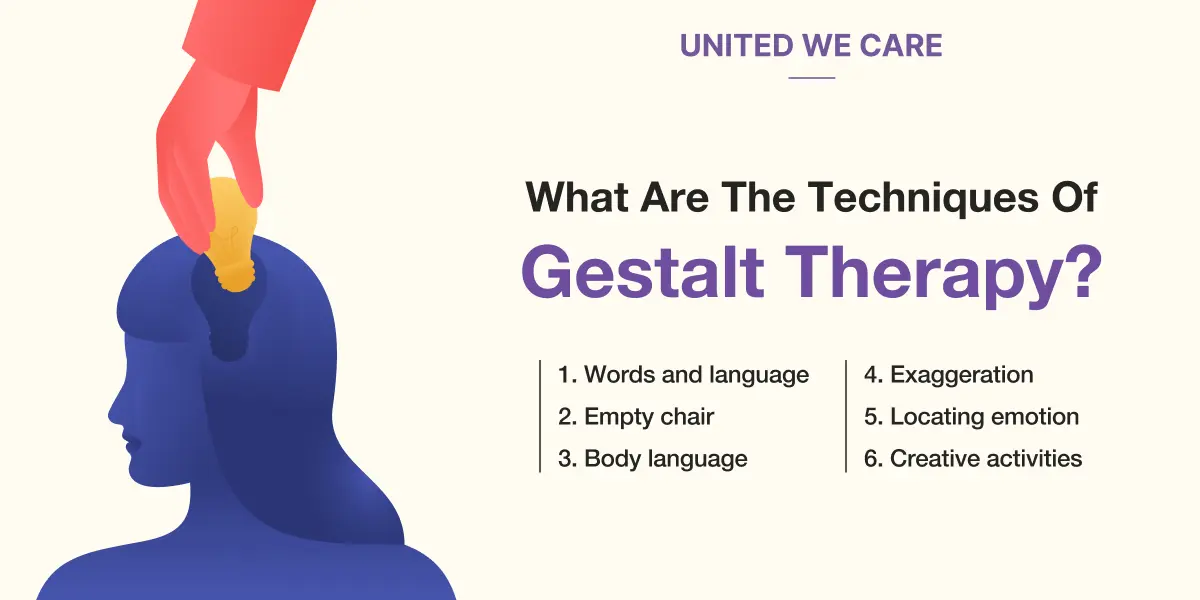
- Words and language
The kind of language one uses can either reflect a sense of personal ownership or more emphasis on external factors. The cultivation of the former is important in gestalt therapy as one learns to become more responsible. Through the use of ‘I statements’, one can become more self-aware of their own emotions and accept them as their own rather than something separate from them. For instance, instead of saying, “he is so annoying,” you may say, “I feel annoyed by this specific thing he said or did.”
- Empty chair
This is a popular role-playing technique, even used by therapists outside of gestalt therapy. In this technique, the client sits in front of an empty chair and imagines another person or a past angry or critical part of themselves sitting in that chair. By engaging in a dialogue with whoever is sitting in that chair, the client is able to be mindful of the situation and their emotional experience, resolve internal conflicts, prepare for confrontation, and even get closure.
- Body language
Our mind and body are connected; hence, our physical sensations are directly linked to our emotions. In this technique, the therapist pays close attention to the body language of the client and tries to get cues from the way they move their hands, their posture, and facial expressions. If the therapist finds that the client is rapidly tapping their foot, the therapist will ask the client why they think this movement is occurring and may even ask them to give voice to that body part and speak from that place.
- Exaggeration
An exaggeration or several repetitions of this body movement can even help bring unconscious feelings to the surface. This is especially useful if the client is having difficulty verbalizing what they’re feeling at the moment.
- Locating emotion
To simply talk about an emotion is different from actually experiencing it. Hence, by asking the client where they’re experiencing the emotion in their body, the therapist urges them to bring that emotional experience to the present and process it more effectively.
- Creative activities
While sitting still has its purpose, activities apart from that which help the client be more engaged in the present can be useful in increasing awareness. Creative activities such as drawing, painting, and sculpting are effective in this.
Uses of Gestalt therapy
Gestalt therapy is widely used in the treatment of anxiety and depression. [4] It is also useful in the treatment of self-esteem and identity issues, relationship issues, and addiction.
What is Confluence in Gestalt Therapy?
In the context of gestalt therapy, confluence refers to the blurring of boundaries where an individual is not able to recognize their own thoughts, feelings, and needs from those of others. Confluence can either be a coping mechanism or a result of enmeshment experiences in childhood. This can lead to identity issues in adulthood. Through gestalt therapy, an individual experiencing confluence is able to overcome it by developing self-awareness through the abovementioned techniques and by also learning to set healthy boundaries.
Conclusion
Gestalt therapy is a holistic approach to psychotherapy and is effective in the treatment of anxiety and depression. Its main focus is on viewing an individual as a whole and in relation to their environment to understand their behavior better. Developing self and present-moment awareness is integral to gestalt therapy and is done through creative and experiential techniques. If you or someone you know is seeking to create awareness and overcome their mental health issues, book a session with one of our experts at United We care, who can suggest the most effective course of treatment.
References
[1] Richard Nelson-Jones, Six Key Approaches to Counselling and Therapy. [Online]. Available: https://books.google.co.in/books?id=4nF5u3kR-IQC. Accessed: Dec. 26, 2023.
[2] Simply Psychology, “What is Gestalt Therapy?” [Online]. Available: https://www.simplypsychology.org/what-is-gestalt-therapy.html. Accessed: Dec. 26, 2023.
[3] Dave Mann, Gestalt Therapy: 100 Key Points and Techniques. [Online]. Available: https://books.google.co.in/books?id=1fn1DwAAQBAJ. Accessed: Dec. 26, 2023.
[4] Y. Schaffler et al., “Common mental disorders in Gestalt therapy treatment: a multiple case study comparing patients with moderate and low integrated personality structures.” [Online]. Available: https://www.researchgate.net/profile/Yvonne-Schaffler-2/publication/376687530_Common_mental_disorders_in_Gestalt_therapy_treatment_a_multiple_case_study_comparing_patients_with_moderate_and_low_integrated_personality_structures. Accessed: Dec. 26, 2023.

